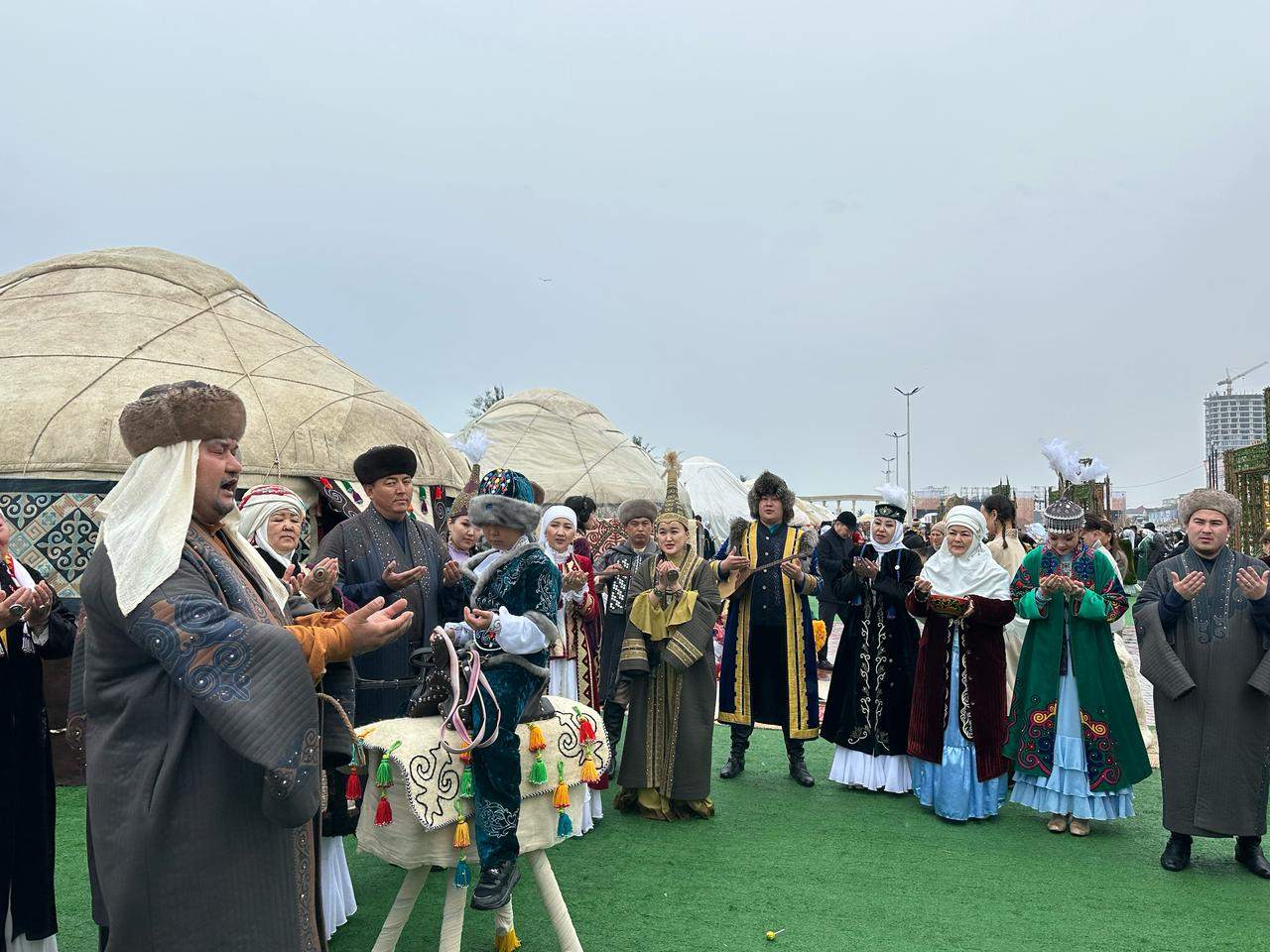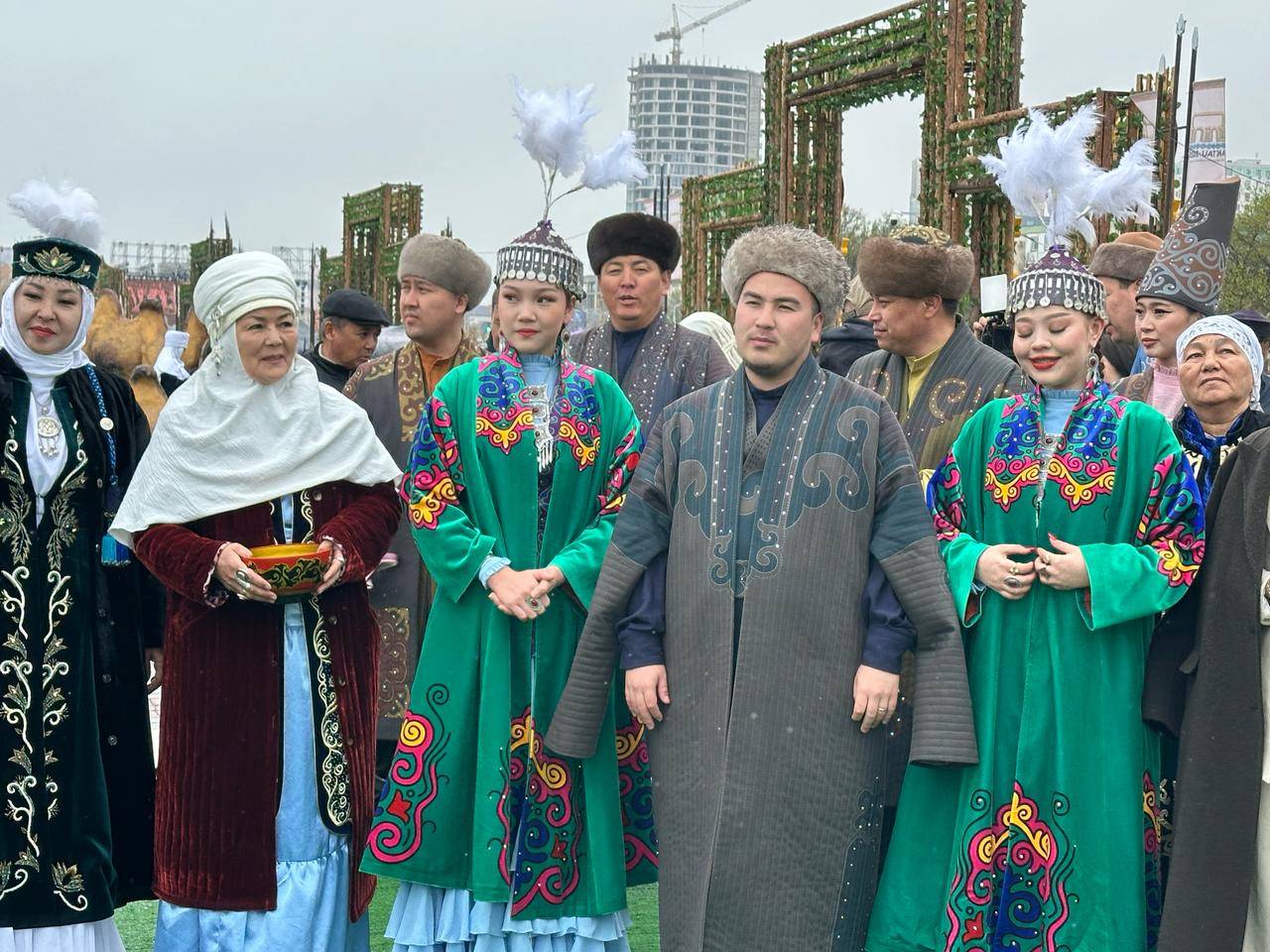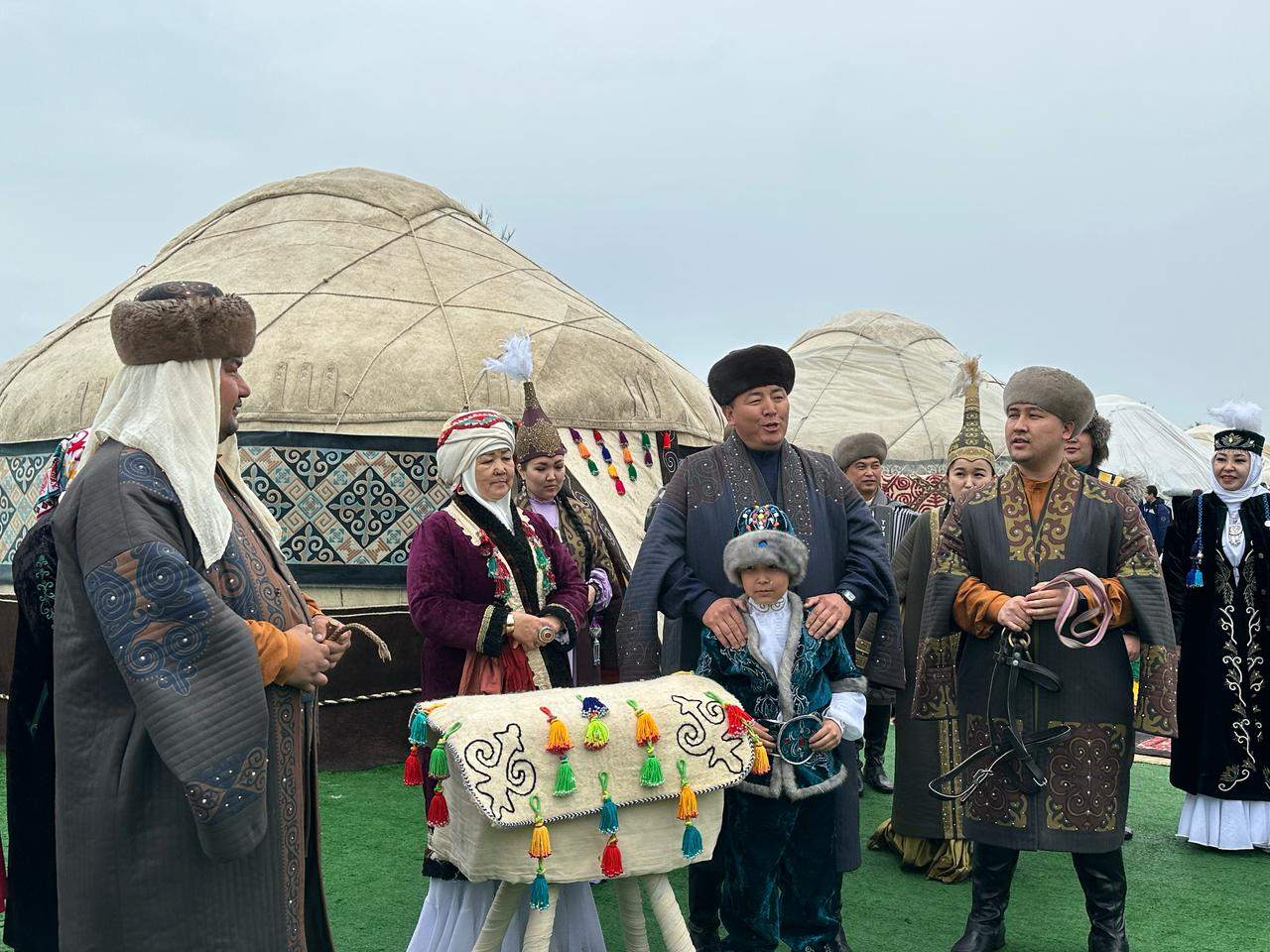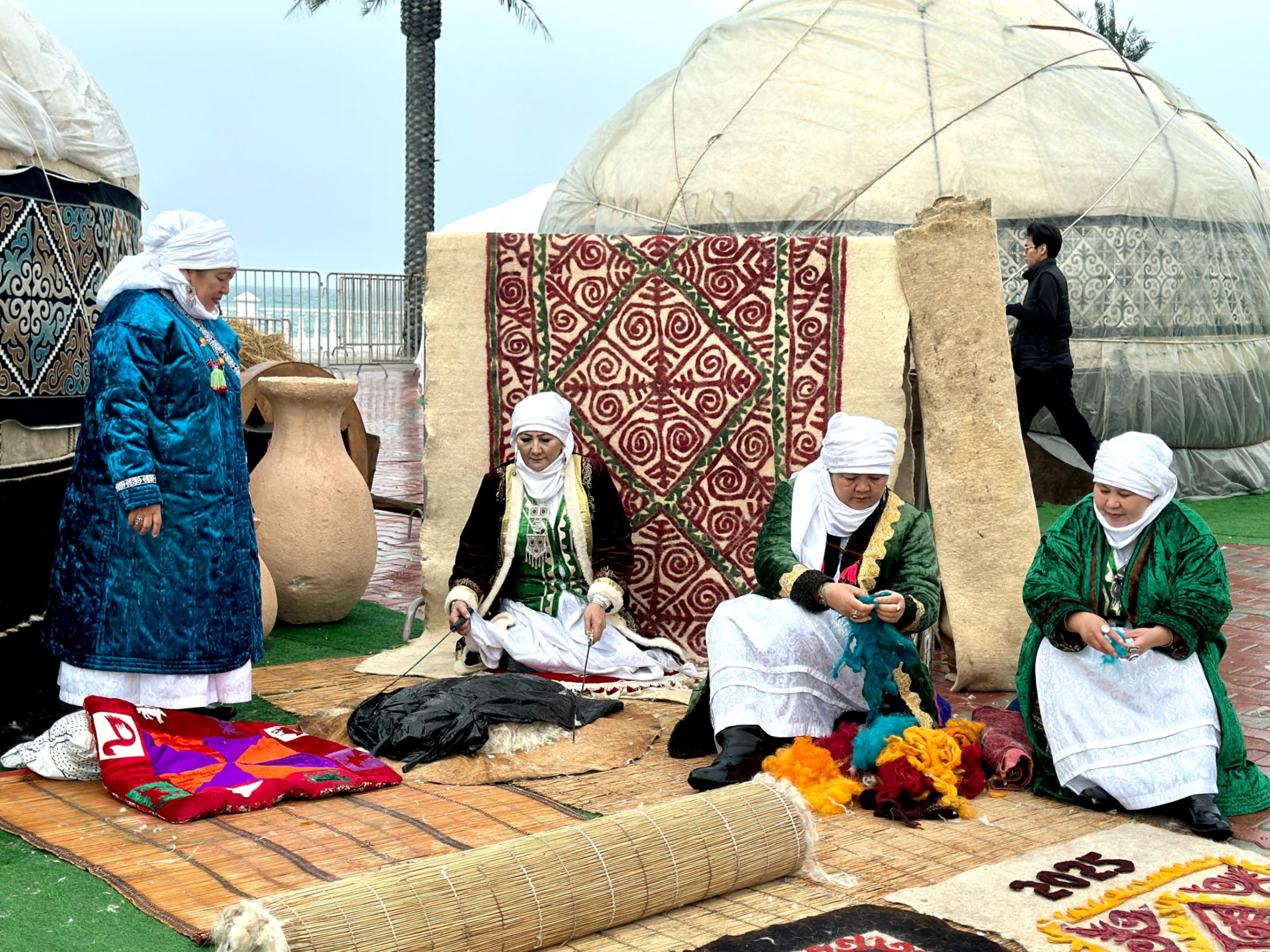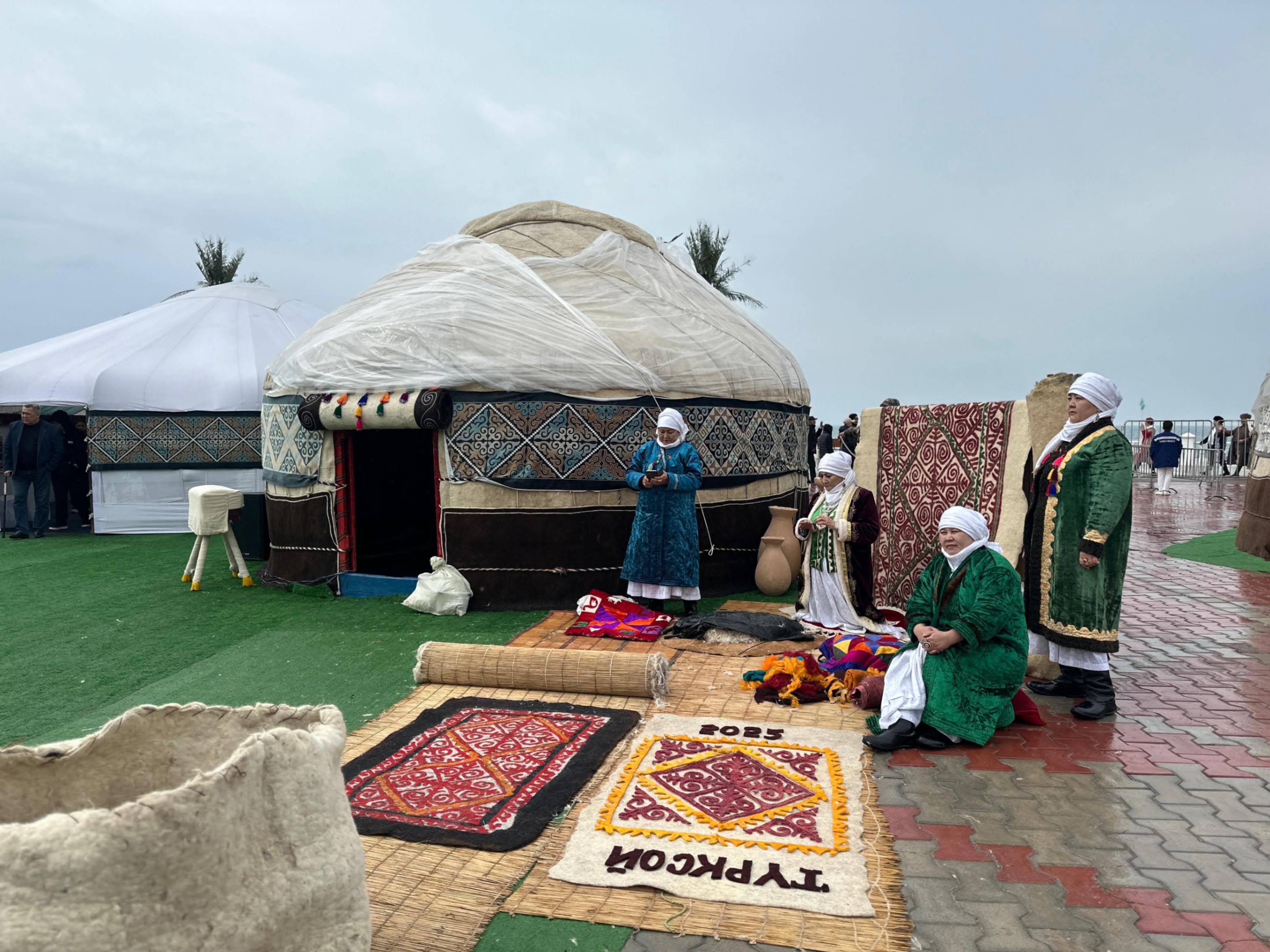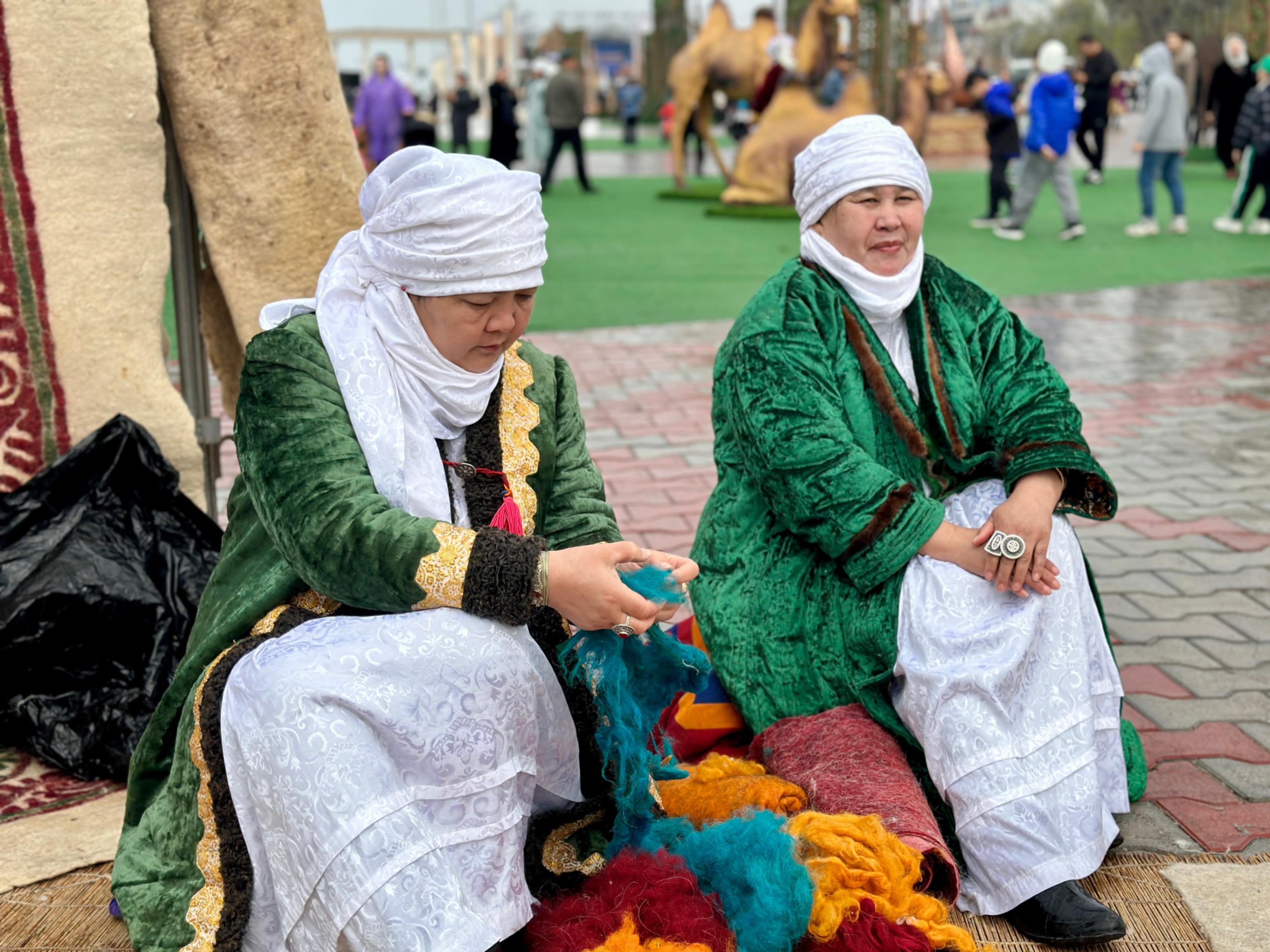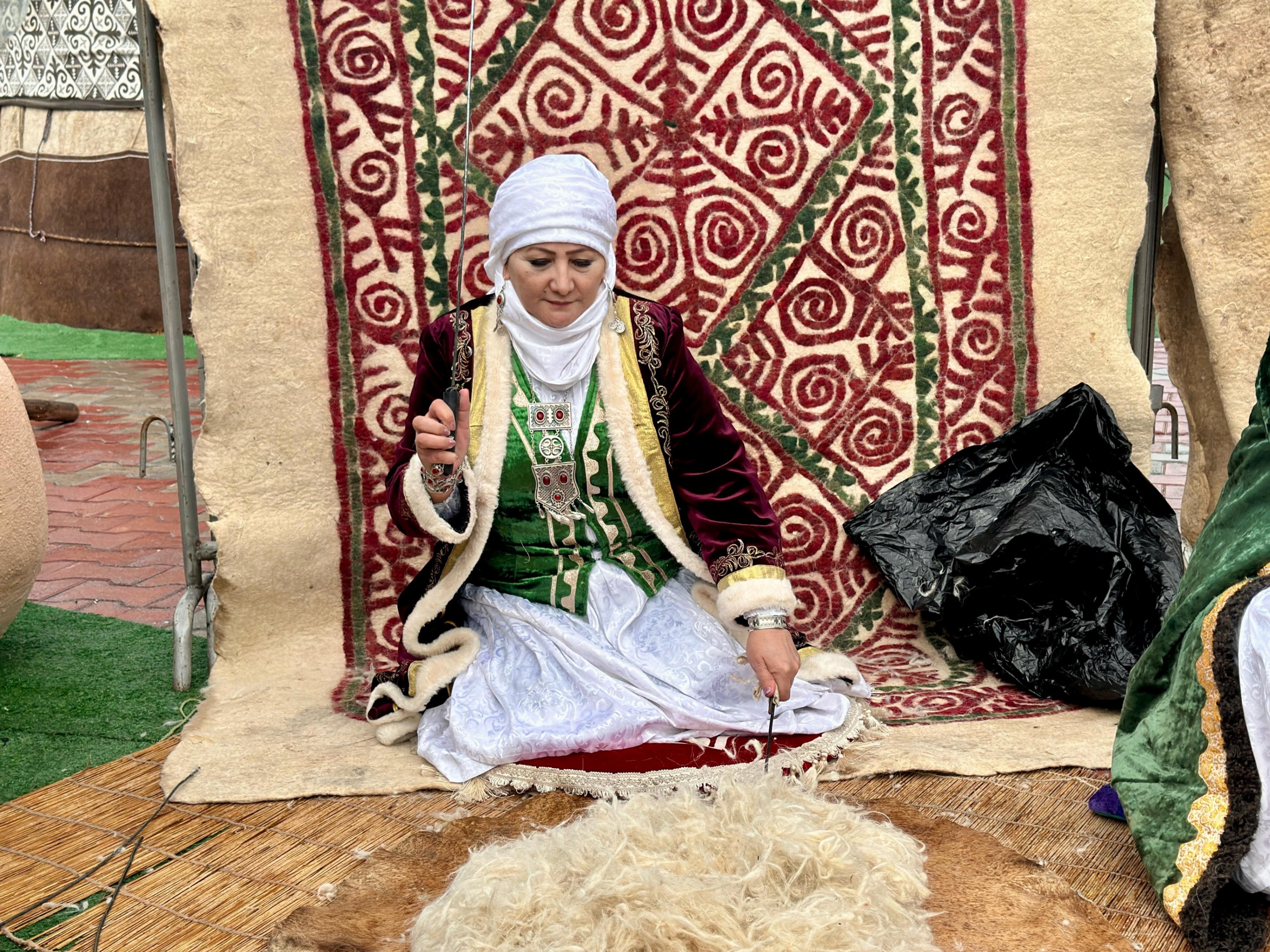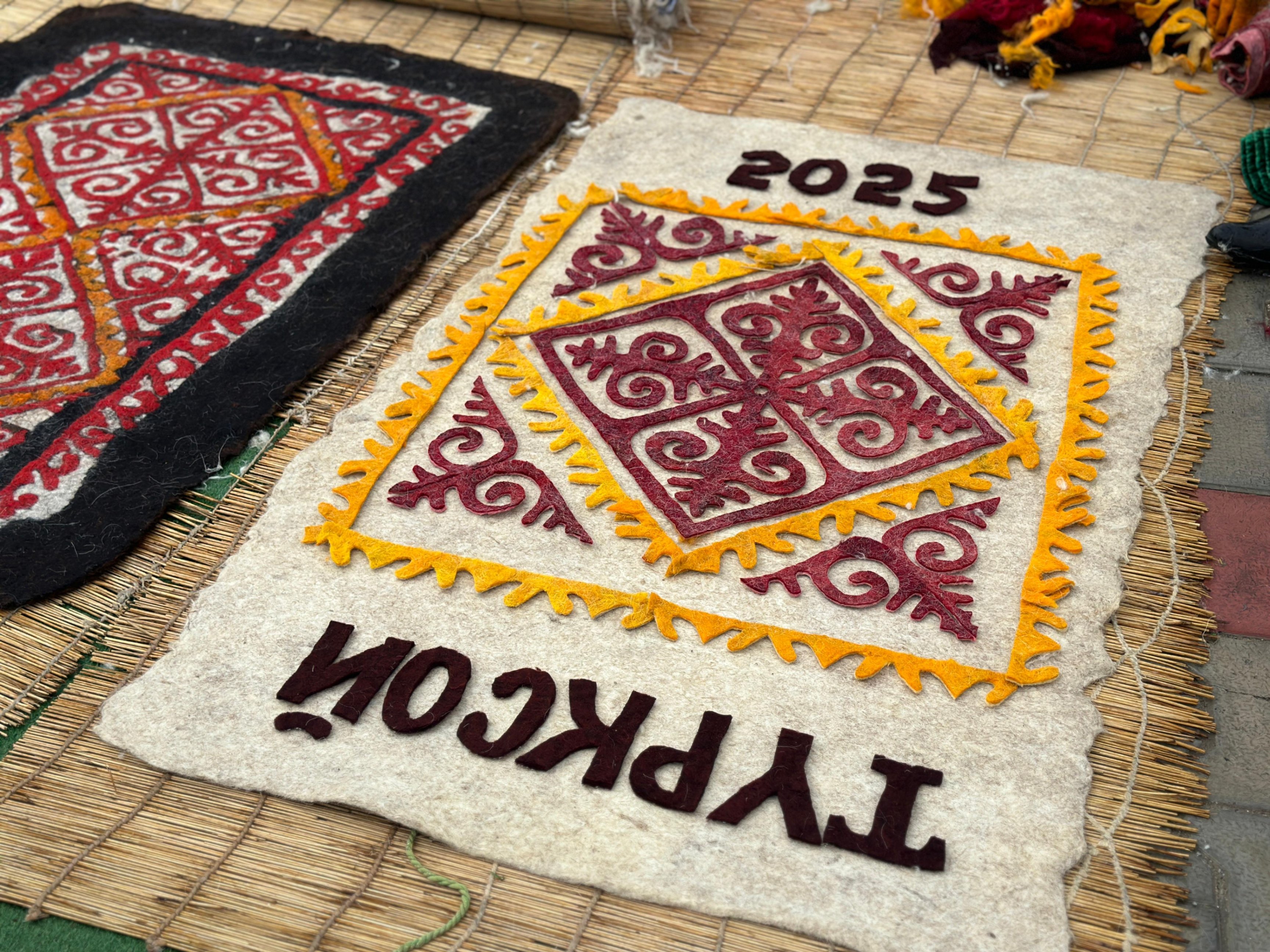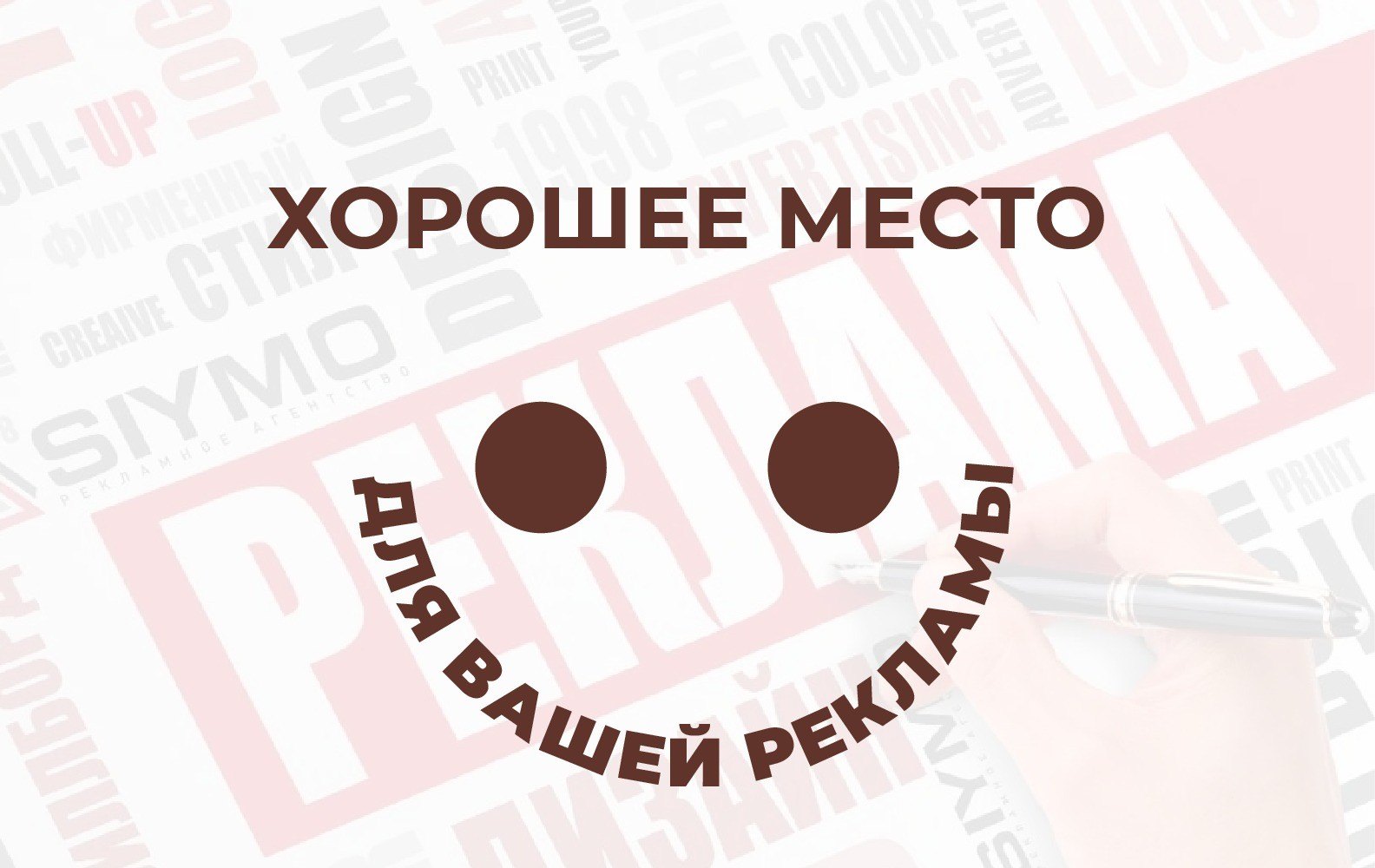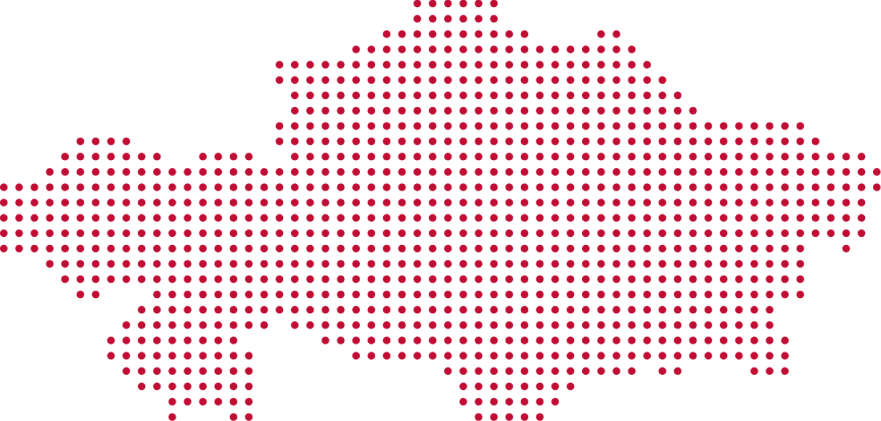Ethnofestival in Aktau Revives Kazakh Traditions in “Suyn Aigyr” Village
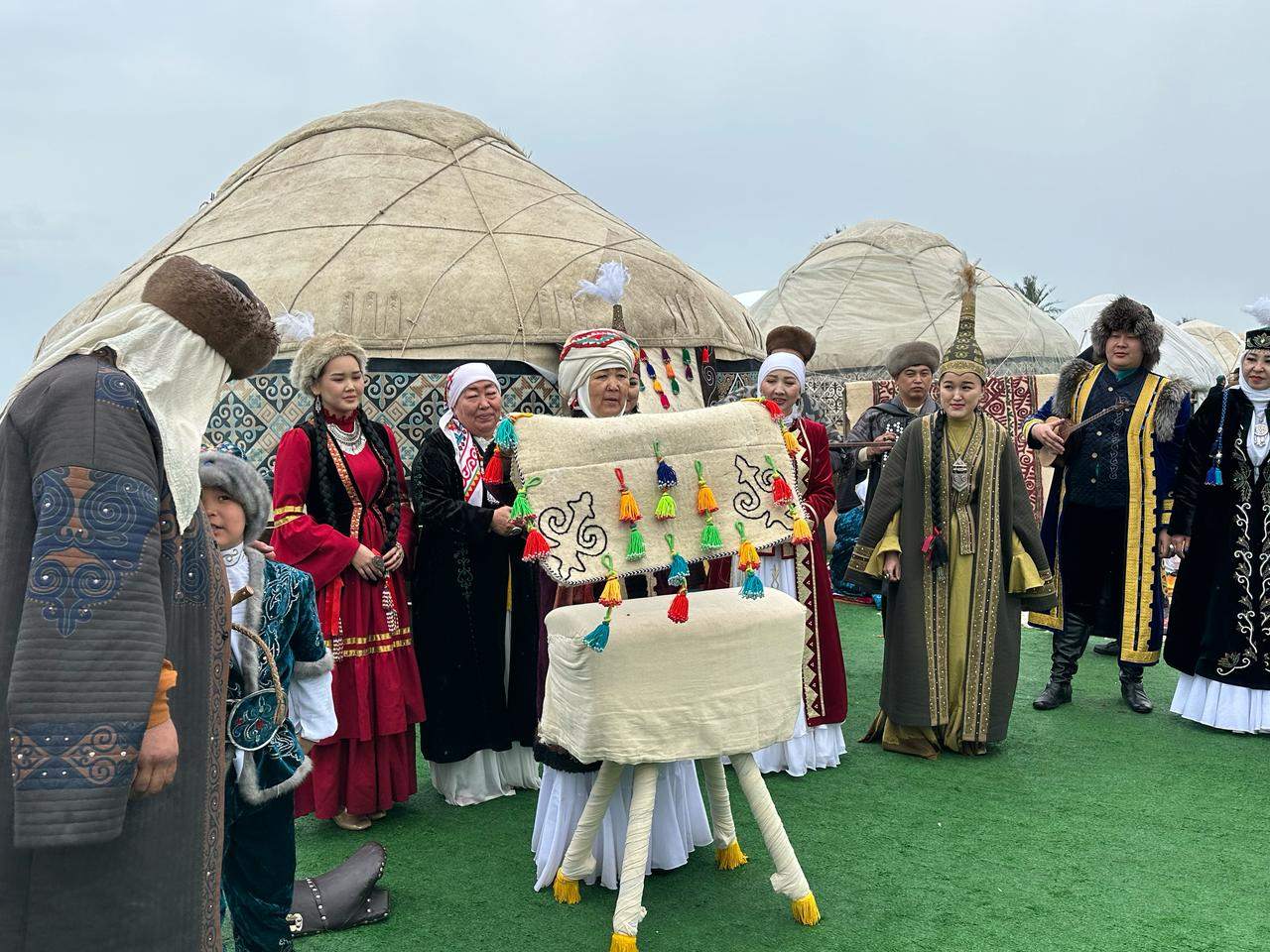
Today, a large-scale cultural festival celebrating Kazakh traditions took place in Aktau. Along the shores of the Caspian Sea, ethno-villages were set up, where visitors could witness ancient rituals, traditional crafts, and folk performances.
One of the key highlights was the reenactment of the “Ashamay” ceremony in “Suyn Aigyr” village. This ancient Kazakh tradition marks a boy’s first time riding a horse, symbolizing his transition into adulthood. As part of the ritual, the child is presented with a horse that he will raise and care for, while elders offer blessings, wishing him strength and honor as a future protector of his family and homeland.
Guests of the ethno-village also had the opportunity to observe the traditional felt-making process, a craft passed down through generations. Women demonstrated how raw sheep’s wool is carefully processed into durable and warm felt. The demonstration included key stages—cleaning and beating the wool, dampening it with hot water, and rolling it into a dense fabric.
“We want the younger generation to appreciate and preserve traditional crafts. Felt is more than just a material; it has deep cultural significance, providing warmth and protection from cold and dampness. Our ancestors used it in everyday life, and we are committed to keeping this heritage alive,” said Layla Saduova, director at the Zhyngyldy Cultural Center.
Historians note that felt-making has been an integral part of Kazakh culture for thousands of years. Archaeological discoveries suggest that Turkic peoples, including the Huns and Scythians, were among the first to use felt. Remnants of ancient felt artifacts, dating back to the 5th and 6th centuries BCE, have been found in regions across the Altai, Central Asia, and present-day Kazakhstan.

